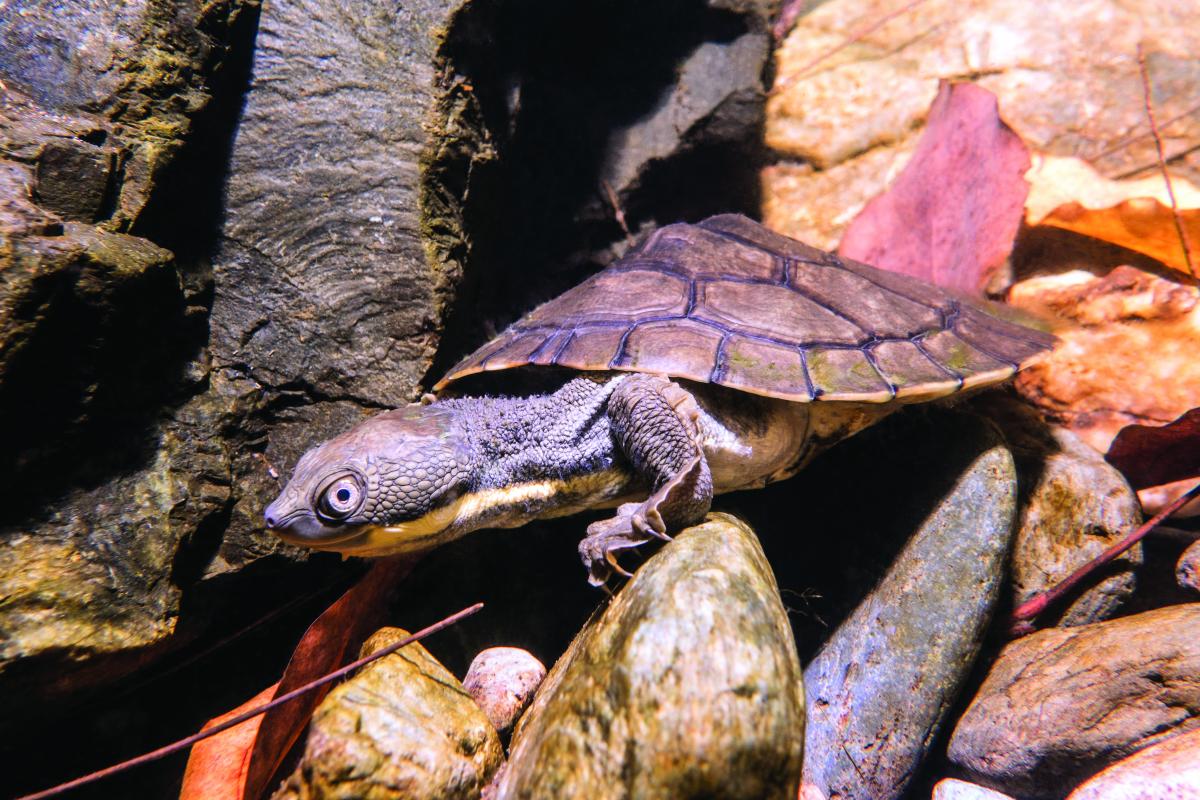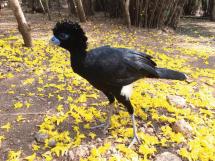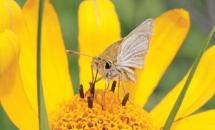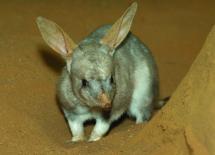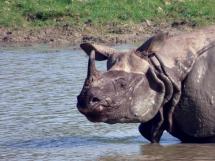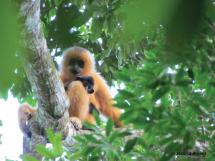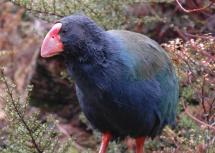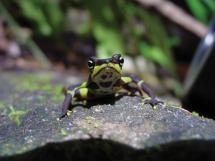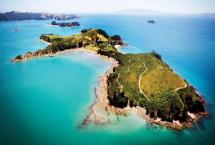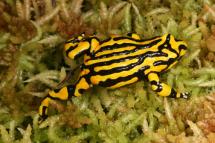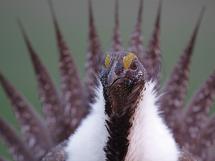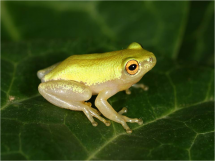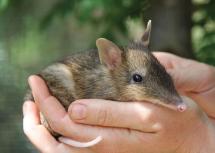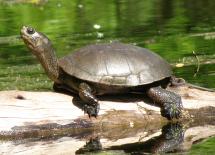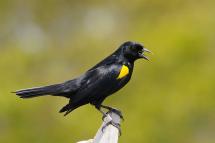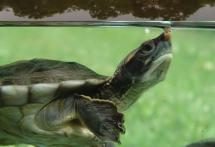The following conservation planning workshops and projects showcase the impact of our tools and processes on conservation efforts around the world.
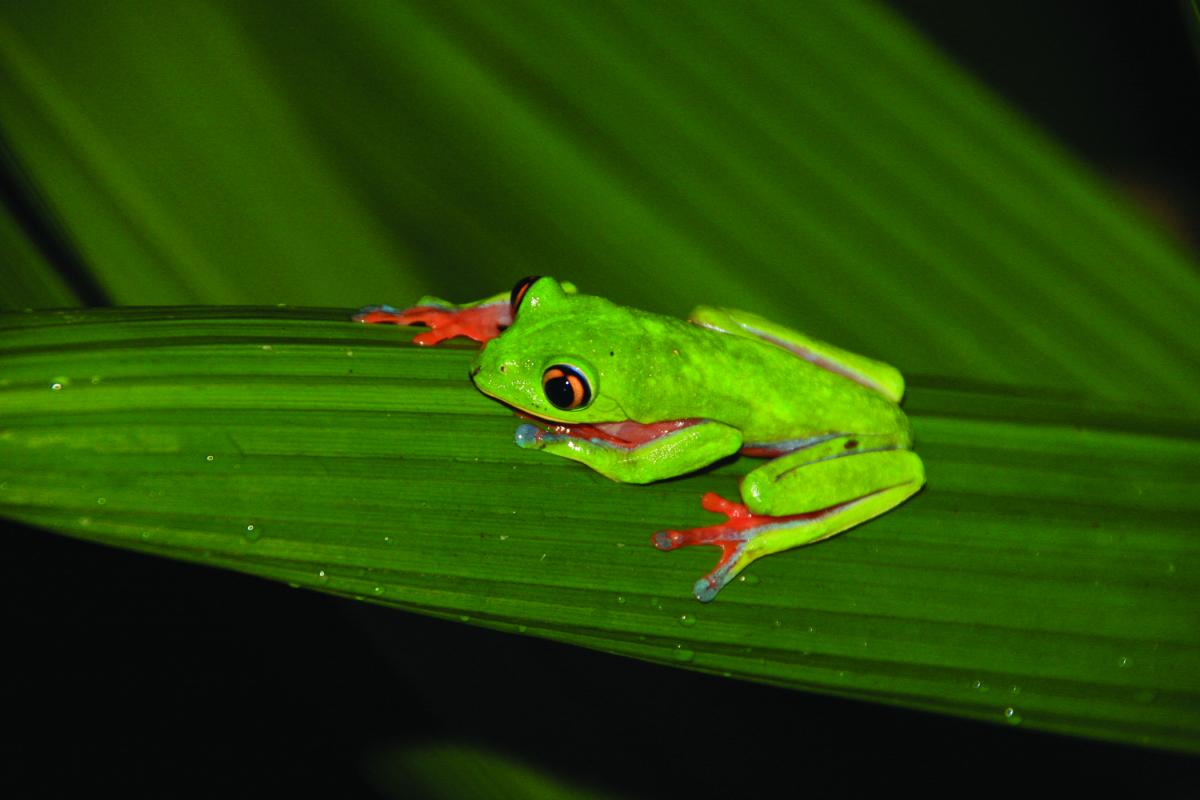
Headstarting Blue-Sided Tree Frogs in Costa Rica
Using the IUCN SSC ex situ guidelines, CPSG Mesoamerica led a workshop to help Simón Bolívar Zoological Park manage a subpopulation of blue-sided tree frogs.
Highlighted Story: Bellinger River Snapping Turtle
CPSG Australasia facilitated a workshop in Australia to assess all the known risks to the Bellinger River Snapping Turtle, with emphasis on the Bellinger River Virus.
Working to Save the World's Most Endangered Cracid
CPSG Mexico designed and facilitated a process to create the basis for a National Conservation Action Plan for the blue-billed curassow.
Exploring Ex Situ Options for Prairie Butterflies
CPSG used the IUCN SSC Guidelines on the Use of Ex Situ Management for Species Conservation to guide a planning workshop for threatened prairie butterflies in the US and Canada.
Contributing to Conservation Medicine in the Galápagos
CPSG facilitated a process where stakeholders developed an Action Plan to guide the international conservation medicine management and research community in making positive health contributions to wildlife conservation in the Galápagos.
Recovering Greater Bilbies in Australia
CPSG facilitated a three-day summit that resulted in a conservation plan for greater bilbies, which has already led to important actions and outcomes.
Modeling the Impact of Poaching on Indian Rhinos
CPSG's population viability analysis (PVA) revealed that Indian rhinos in the state of Assam are at high risk of extinction due to the threat of poaching.
Bringing the Hainan Gibbon Back from the Brink
CPSG facilitated and provided population modeling support at an international workshop for Hainan gibbons, which are some of the most endangered primates in the world.
Meta-population Planning for New Zealand's Takahë
The Takahë Recovery Group invited CPSG to collaborate on developing a plan for the management of remaining takahë as two distinct meta-populations: one focused on the northern islands and the other on southern areas.
Assessing Costa Rica's Amphibians and Reptiles
CPSG Mesoamerica facilitated a Red Listing workshop for Costa Rican herpetofauna. The workshop was a culmination of the long-standing and ongoing partnership between CPSG Mesoamerica and the Costa Rican herpetologist community.
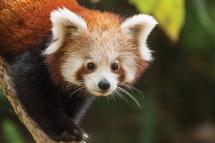
Planning for Range-Wide Red Panda Conservation
Between 2010-2013, CPSG facilitated a series of workshops for the red panda throughout its range and across the in situ - ex situ spectrum. In addition to conservation plans resulting from each workshop, an indirect result of this effort is that the stakeholder-inclusive workshops highlighted that the species is more threatened than previously thought.
Creating a New Type of Wildlife Reserve on Rotoroa Island
CPSG was invited to facilitate a planning workshop to develop a vision for Rotoroa Island's restoration that might challenge current ways of thinking about wildlife management.
Recovering Southern Corroboree Frogs in Australia
CPSG facilitated a workshop to formulate a strategy for the genetic and demographic management of captive southern corroboree frogs, releases from which are currently sustaining the species in the wild.
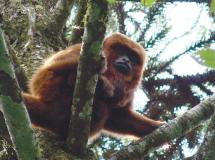
Analyzing Outbreaks in Brown Howler Monkey Populations
Participants explored the dynamics of yellow fever outbreaks and their impact on howler mortality using software for population viability analysis (Vortex) and disease epidemiology (Outbreak).
Collaborating to Save Greater Sage Grouse in Canada
The PHVA for Sage Grouse successfully integrated a wide diversity of stakeholders—from wildlife managers and field researchers to local landowners and representatives of the energy industry—to evaluate and recommend both ex situ and in situ conservation management techniques.
Expanding Ex Situ Efforts for the Pickersgill's Reed Frog
The rapid success of this program is helping to shape the government’s positive view of ex situ conservation, and CBSG is now working with the provincial government to prioritize ex situ conservation needs of all South African invertebrates.
Exploring Strategies to Save the Eastern Barred Bandicoot
The model results from the workshop are being used to directly inform decision making to conserve Australian populations of these small marsupials.
Confronting a New Threat to Western Pond Turtles
CPSG created detailed demographic simulation models using the population viability analysis (PVA) toolVortex. These models revealed the critical importance of adult survivorship to long-term species viability.
Modeling Interactions Between Threatened and Invasive Species
Population models are often created for a single species. However, this situation—shiny cowbird reproductive behavior adversely affecting yellow-shouldered blackbirds—posed a unique challenge for CPSG modelers to model two species instead of just one.
Identifying Actions for River Turtle Conservation
The PHVA generated information about wild turtle populations and led to recommended conservation actions that were incorporated into turtle conservation programs in Mexico and informed similar efforts in Guatemala.



